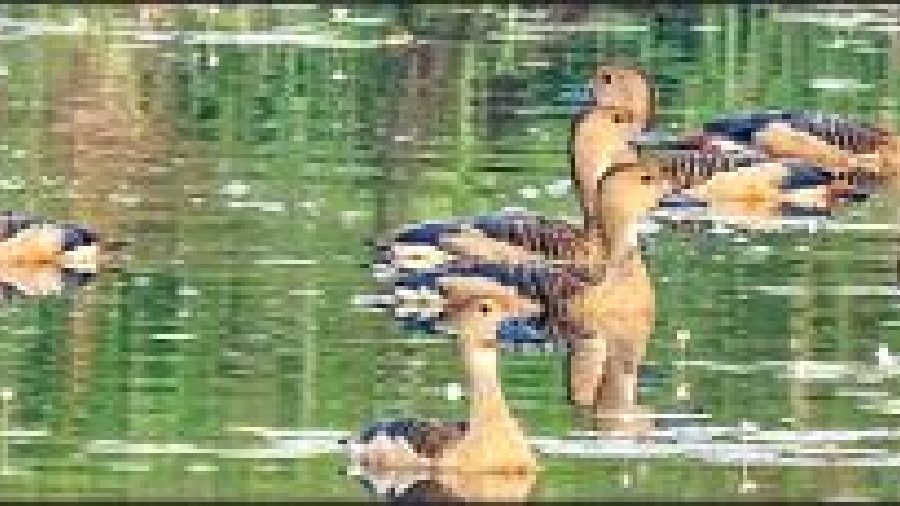A group of birders and photography enthusiasts conducted a bird walk in New Town on Sunday and spotted and clicked a variety of birds in the grasslands near Eco Park, Owl More and adjoining areas.
New Town still attracts birds in large numbers despite rapid construction, which eats into the grasslands, and incidents such as waste burning that drive away birds.
On Sunday, the group spotted a dozen lesser whistling ducks, an Indochinese (Blackbilled) roller and a clamorous reed warbler, among other birds.
The group of seven, led by New Town resident Souvik Roychoudhury, toured several popular birding sites, including the stretch beside a canal behind Owl More and the red munia grounds behind Westin Hotel and opposite Eco Park.
“We saw the canal being filled with clay. The red munia zones are also witnessing construction activities. Because of that fewer birds were spotted compared with last year,” Choudhury said.
According to several birdwatchers, the grasslands of New Town are home to many birds because they provide a steady food supply. The birds include seed eaters like various species of munia and weaver.
They are also home to insectivorous birds like pipit, lark, Eurasian wryneck, Siberian rubythroat and birds of prey which feed on rodents such as black shouldered kite and Indian spotted eagle, among others.
Birders, however, fear the steady loss of habitat because of waste burning and rampant construction would turn away all birds.
Many nests have been burnt because of the frequent fires in grasslands, said birders who frequent the areas. The number of insects and rodents that live in the grasslands, a steady source of food for the birds, has also decreased.
Subhankar Patra, who runs a Facebook birdwatching group called SundayWatch, said that although it was fascinating that birds were still coming in numbers to New Town, whose skyline adds many high-rises every year, the fires are dangerous for the birds.
“All the birds that come here are losing their habitat.... After a grassland is burnt, it eventually regrows, but it takes time to have the same diversity as before,” said Patra.
The birding walk was conducted as part of The Great Backyard Birding Count held under the guidance of Birdwatchers Society.
